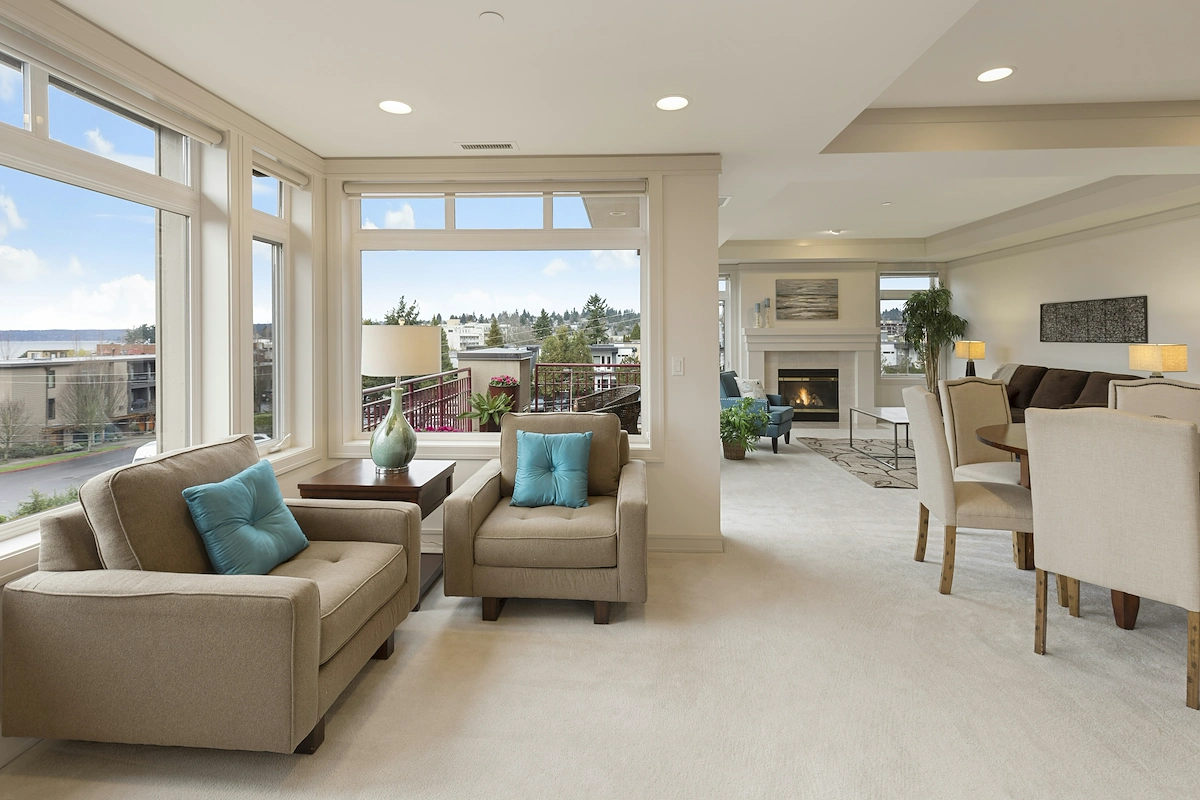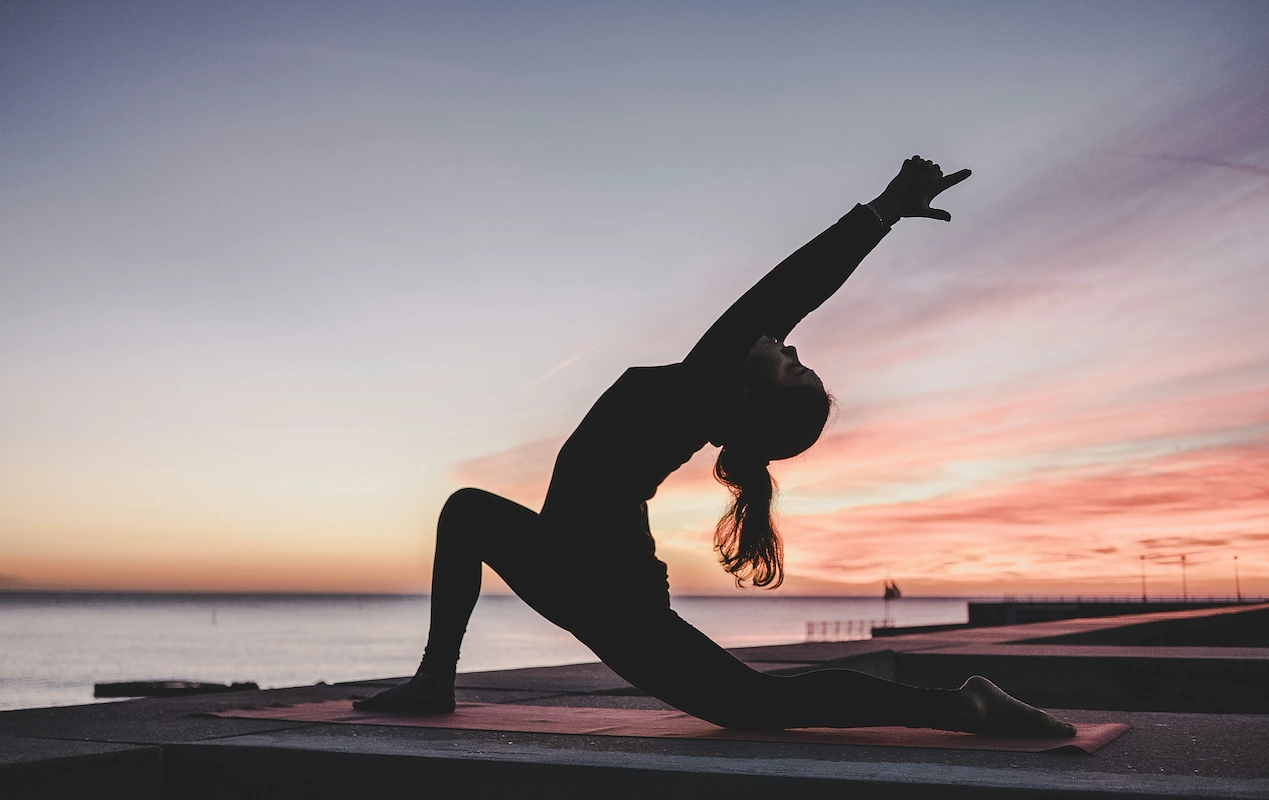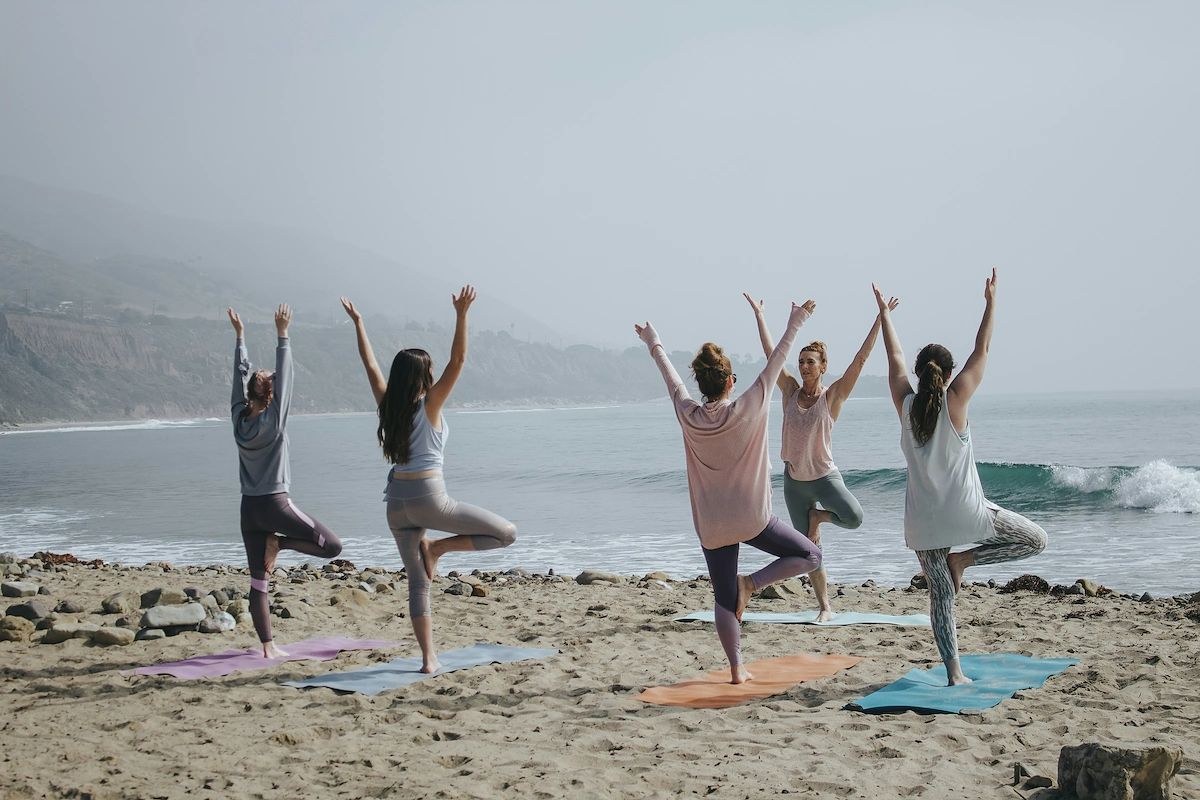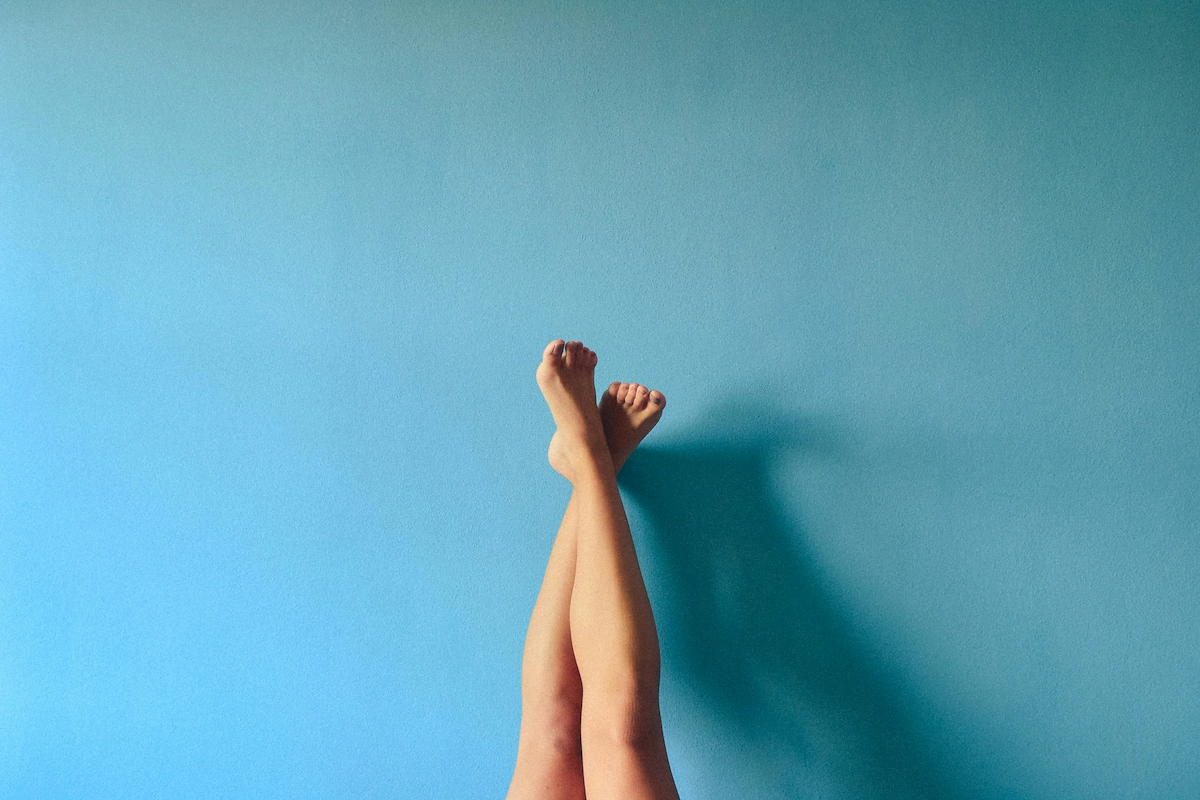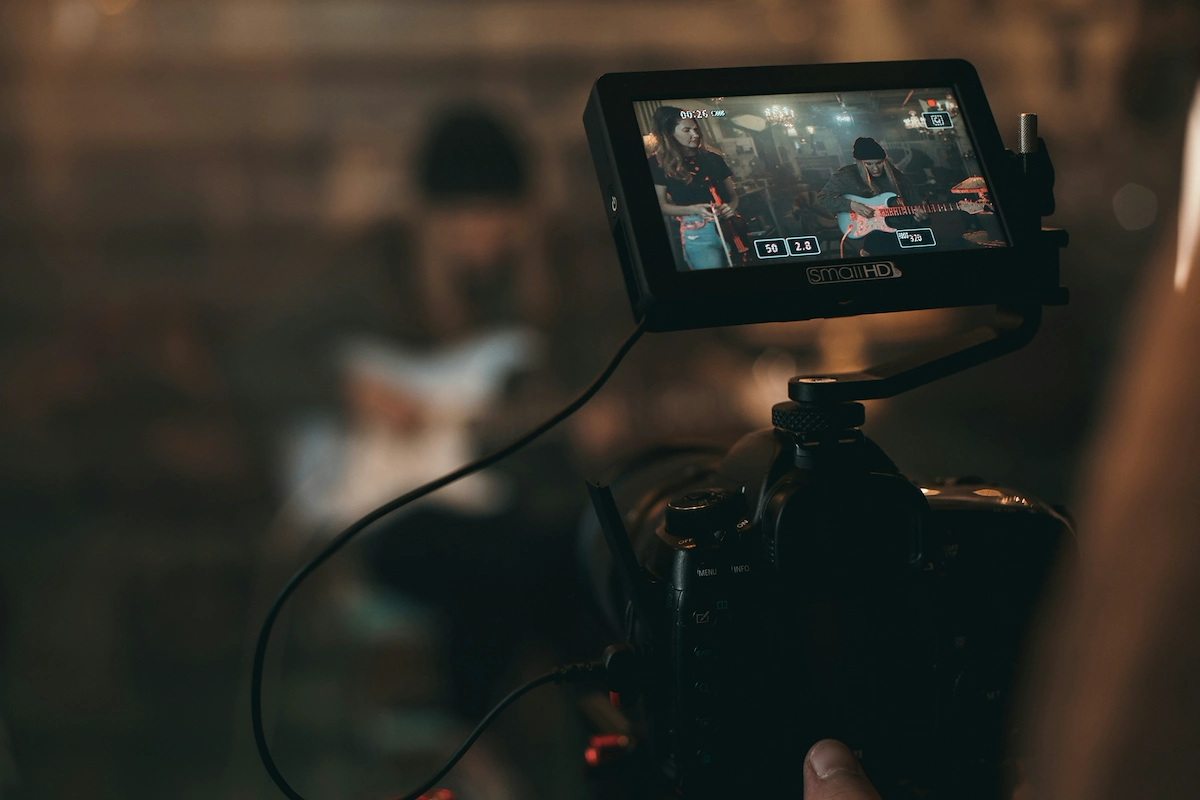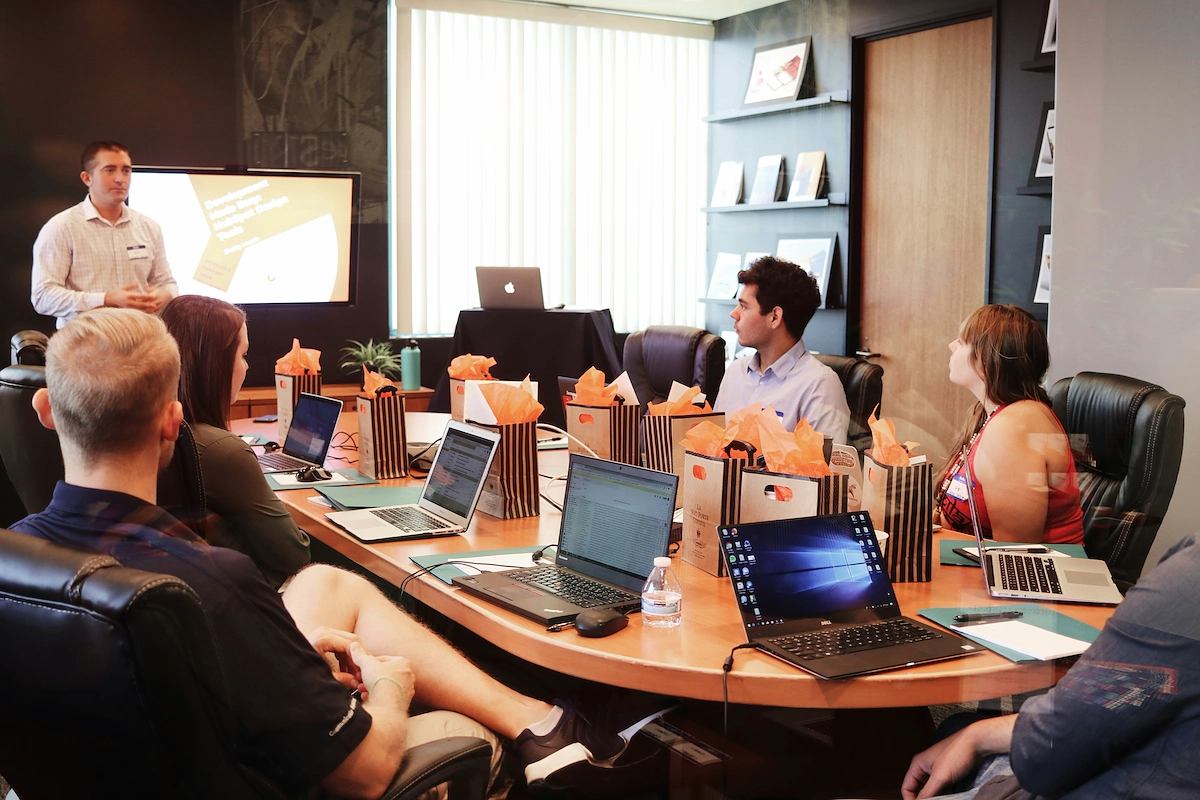Starting a real estate photography business is a rewarding venture that combines a creative eye for photography with smart business savvy. The industry has a steady demand for high-quality visuals for residential listings, commercial properties, and architectural portfolios, making it an accessible field to enter.
This guide will take you through the practical steps of validating your business concept, acquiring the right equipment, securing funding, and obtaining necessary licenses to help you launch a successful real estate photography business in the U.S.
Step 1: Plan your business and validate the concept
Analyze your local market
Start by researching your local Multiple Listing Service (MLS), or public sites like Zillow and Redfin. Review at least 20-30 current listings to gauge the average quality of photography. This shows you the standard you need to meet or exceed to compete effectively in your area.
Next, identify 3-5 established real estate photographers through Google searches or by noting photographer credits on top listings. Study their websites, portfolios, and service packages. A frequent misstep is underpricing, so pay close attention to what experienced professionals are charging for their work.
Calculate your startup costs
Your initial investment will primarily be for equipment. You can start a professional setup for between $2,500 and $6,000. Avoid the temptation to buy every piece of gear at once; you can expand your kit as your business grows. A basic setup includes:
- Camera and Wide-Angle Lens: $1,500 - $3,500
- Sturdy Tripod: $150 - $300
- External Flash or Lighting Kit: $300 - $800
- Editing Software (e.g., Adobe Lightroom): $10/month
- Business Formation and Insurance: $400 - $1,100
Here are 3 immediate steps to take:
- Analyze 20 local listings on Zillow to understand the quality standard.
- Create a spreadsheet of 3-5 local competitors, noting their services and prices.
- Draft a startup budget using the typical cost ranges for gear and business setup.
Step 2: Set up your legal structure and get licensed
Choose your business structure
Most photographers start with a Limited Liability Company (LLC). This structure protects your personal assets, like your home and car, if the business faces a lawsuit. A sole proprietorship is simpler but offers no such protection, a risk not worth taking.
An LLC also offers tax flexibility, as you can file taxes through your personal return. To make it official, register your business name with your state's Secretary of State. This process typically costs between $50 and $500, depending on your location.
Secure federal and local licenses
Once your business is registered, get a free Employer Identification Number (EIN) from the IRS website. You will need this number to open a business bank account. You may also need a state sales tax permit if your state taxes photography services.
Do not forget local requirements. Your city or county clerk's office issues general business operating licenses. Also, look into general liability and equipment insurance. Many commercial clients and real estate brokers will require proof of insurance before a shoot.
Here are 4 immediate steps to take:
- Decide on a business structure, likely an LLC.
- Visit your Secretary of State's website to review LLC filing fees.
- Apply for a free EIN directly from the IRS.
- Contact your city clerk to ask about a local business license.
Step 3: Secure your insurance and manage risk
Types of insurance you need
Insurance protects your business from accidents and mistakes. Many real estate brokers will not hire you without proof of coverage, so this is a non-negotiable step. You will need a few key policies to operate professionally.
- General Liability: Covers property damage or injuries. A $1 million policy is standard and costs about $400-$700 annually. This protects you if you accidentally knock over a vase during a shoot.
- Equipment Insurance: Protects your gear from theft or damage. This often adds $150-$250 per year to your liability policy. Many photographers mistakenly assume their homeowner's policy covers business gear; it does not.
- Professional Liability (E&O): Covers claims of negligence, like if you deliver photos late and it affects a sale.
You might also consider commercial auto insurance if you use your vehicle primarily for business. Check with your personal auto insurance provider first, as some policies cover limited business use.
When you look for policies, consider providers that specialize in photography, such as Hiscox, The Hartford, or Full Frame Insurance. They understand the specific risks and can offer tailored packages that a general agent might miss.
Here are 4 immediate steps to take:
- Get a quote for a $1 million general liability policy.
- Ask about adding an equipment insurance rider to cover your gear.
- Compare quotes from at least two providers, like Hiscox and Full Frame Insurance.
- Confirm if your personal auto policy covers business-related travel.
Step 4: Equip your business and set up your workspace
Choose your core photography gear
Your camera and lens are your primary assets. A full-frame camera is a strong choice for its low-light capabilities. You can find excellent used models like a Sony A7III or Canon EOS R for around $1,200-$1,800. Pair it with a sharp wide-angle zoom lens, such as a 16-35mm f/4, which costs about $800-$1,200.
Many new photographers overspend on gear they do not need. Start with a solid foundation and expand later. A flimsy tripod will introduce blur, so invest in a sturdy model from Manfrotto or Benro ($150-$300). For lighting, a single on-camera flash like the Godox V1 ($250) is sufficient for most interiors.
Set up your office and data workflow
You do not need a commercial studio. A dedicated home office of about 100 square feet is plenty for an editing station and gear storage. Since this is a home-based business with no client foot traffic, special zoning permits are rarely required.
A critical part of your workflow is data management. Do not rely on a single hard drive. Use a dual-backup system. A good practice is to store files on a primary external drive, like a LaCie Rugged, and use an automated cloud backup service like Backblaze for off-site protection.
Here are 4 immediate steps to take:
- Research used full-frame cameras and 16-35mm lenses on B&H Photo or Adorama.
- Select a sturdy tripod with a reliable ball head or geared head.
- Set up a dual-backup system with an external hard drive and a cloud service.
- Designate a dedicated home office space for editing and secure gear storage.
Step 5: Set up your payment and invoicing system
Establish your payment terms
Most real estate photographers require payment upon delivery of the final images. For larger commercial projects, you might consider a 50% non-refundable deposit to secure the booking date. This protects your schedule from last-minute cancellations.
You will need a way to accept various payment types. While some agents still use checks, most prefer the convenience of credit cards or digital wallets. A mistake some new photographers make is only accepting cash or checks, which can seem unprofessional and slow down your cash flow.
Choose a payment solution
When you select a payment solution, look for low transaction fees and quick access to your funds. Many processors charge 3% or more per transaction and can hold your money for several days. These fees and delays add up quickly.
For photographers who need to accept payments on-site or on-the-go, JIM offers a streamlined solution. With JIM, you can accept debit, credit and digital wallets directly through your smartphone—just tap and done. At just 1.99% per transaction with no hidden costs or extra hardware needed, it is particularly useful for collecting payment from an agent right after a shoot.
Getting started is straightforward:
- Get Started: Download the JIM app for iOS.
- Make a Sale: Type the sales amount, hit sell, and ask your customer to tap their card or device on your phone.
- Access Funds: Your money is available right on your JIM card as soon as the sale is done - no waiting for bank transfers.
Here are 3 immediate steps to take:
- Decide on your standard payment terms, such as payment on delivery.
- Download the JIM app to review its features for on-site payments.
- Set up your business to accept credit cards and digital wallets.
Step 6: Fund your business and manage finances
Find your startup capital
Most photographers self-fund their initial gear purchases. If that is not an option, a small business loan can bridge the gap. The most accessible route is often an SBA Microloan, which can provide between $5,000 and $10,000. Expect interest rates of 8-13% and a solid business plan requirement.
Another path is equipment financing. Retailers like B&H Photo offer credit programs that can spread out the cost of a new camera and lens. This makes the initial investment more manageable without a large upfront cash payment.
Plan your working capital
With funding sorted, you must manage your cash flow. Plan to have at least $3,000 to $5,000 in working capital for your first six months. This covers recurring costs like insurance, software subscriptions, marketing, and fuel before your client base becomes consistent.
A mistake photographers often make is to focus only on the cost of gear. They forget these operational expenses, which creates financial pressure early on. You should also open a dedicated business bank account to keep your personal and business finances separate for tax purposes.
Here are 4 immediate steps to take:
- Research SBA Microloan requirements on the official SBA website.
- Look into equipment financing options from major photography retailers.
- Calculate your estimated working capital needs for the first six months.
- Open a separate business checking account at your bank.
Step 7: Build your team and streamline operations
When to hire help
You will likely start as a one-person operation. Once you consistently book 3-5 shoots per week, editing will become a major bottleneck. This is the time to find your first team member, a contract photo editor.
An editor handles post-processing, which frees you up to shoot more. Expect to pay a freelance editor $25-$40 per hour or a flat rate per project. You do not need to hire a full-time employee. A second shooter is another role to consider once you land larger commercial jobs.
Streamline your workflow
Manual booking and invoicing create administrative drag. A mistake many photographers make is to handle scheduling through texts and emails for too long. This appears unprofessional and leads to double bookings.
Use a scheduling platform like Acuity Scheduling or Calendly from the start. These allow agents to see your availability and book online. For delivering photos, use a dedicated gallery service like Pixieset or PhotoShelter. They provide a much better client experience than a Dropbox link.
Here are 4 immediate steps to take:
- Determine the weekly shoot volume that would trigger hiring an editor.
- Research rates for contract real estate photo editors on freelance sites.
- Compare the free plans for Acuity Scheduling and Calendly.
- Set up a free account on Pixieset to see how client galleries work.
Step 8: Market your business and get clients
Focus on direct outreach first
Your first clients will likely come from direct outreach. Identify the top 20 producing real estate agents in your area from Zillow or local brokerage websites. These agents close the most deals and consistently need high-quality photography.
Draft a short, personalized email. Reference a specific listing of theirs and explain how your work could elevate their next one. Many new photographers send generic emails, but a personal touch can increase your response rate from 1% to over 5%.
Build your digital storefront
Your portfolio website is your most important marketing asset. Use a simple platform like Squarespace or Pixieset to create a clean, professional site. It only needs to feature your 5-7 best shoots to demonstrate your skill and style.
Also, use social media with purpose. An Instagram account is perfect for showcasing your visual work. Post consistently and use local hashtags like #[YourCity]RealEstate or #[YourNeighborhood]Homes to attract agents in your service area. Tagging local brokerages in your posts can also increase visibility.
Here are 4 immediate steps to take:
- Create a list of 20 top local agents to contact.
- Draft a personalized email template for your outreach.
- Select your best 5-7 shoots to feature on your portfolio website.
- Post a photo on Instagram with relevant local real estate hashtags.
Step 9: Set your pricing and packages
Create your service packages
Most clients prefer simple, tiered packages. A common model is to price based on the number of photos delivered. For example, you could offer a basic package of 25 photos for homes under 2,000 sq. ft. for $175. A premium package might include 40 photos for $275.
Many new photographers make the mistake of underpricing to win jobs. Instead, price based on value. Your goal should be a profit margin of 60-70% per shoot after you account for your time, editing, and travel costs. A minimum fee of $150 per project is a good starting point.
Price your add-on services
Add-on services are a great way to increase your revenue per client. You can offer these services individually or bundle them into your premium packages. This allows agents to customize what they need for each specific listing.
Here are some typical prices for popular add-ons:
- Drone Photography (5-10 aerial images): $125 - $200
- Virtual Tour (e.g., Matterport): $150 + $0.10 per sq. ft.
- Twilight Shoot (4-6 exterior photos): $100 - $175
- Video Walkthrough (2-3 minutes): $250 - $450
Here are 4 immediate steps to take:
- Draft three service packages based on photo count and square footage.
- Set a minimum project fee to ensure every shoot is profitable.
- Create a price list for at least two add-on services, like drone photos.
- Review your competitor spreadsheet to ensure your prices are competitive but not undervalued.
Step 10: Maintain quality and scale your operations
Establish your quality standards
As your business grows, consistent quality is what will set you apart. Create a non-negotiable checklist for every shoot. This should include perfectly straight vertical lines, clear views through windows without blown-out highlights, and consistent color balance from room to room.
A mistake some photographers make is letting standards slide when they get busy. This can quickly damage your reputation. Use your checklist before every delivery to catch errors. A good metric to track is your revision rate; aim for fewer than 10% of clients requesting changes.
Know when to expand
Growth requires smart delegation. Once you consistently book 3-5 shoots per week, editing will become your biggest time sink. This is your cue to find a freelance editor, which frees you to focus on shooting and client relationships that generate revenue.
When you get consistent requests for a service—about 3-4 per month—it is time to invest. This shows clear demand for add-ons like a Matterport camera. To manage a larger client base, look into a CRM like HoneyBook or Dubsado. They combine scheduling, contracts, and invoicing.
Here are 4 immediate steps to take:
- Create a written quality control checklist to review before every photo delivery.
- Track your client revision request rate for the next month.
- Research a CRM like HoneyBook to see how it can organize client communication.
- Set a weekly shoot number that will trigger your search for a contract editor.
Launching your real estate photography business is an exciting step. Remember that consistent quality and reliable service build trust with agents, which leads to repeat work. You have the roadmap to get started, so take that first step with confidence.
And as you get paid, a simple solution like JIM helps you accept cards on your phone for a flat 1.99% fee, with no extra hardware. It keeps your cash flow simple from day one. Download JIM to get set up.

